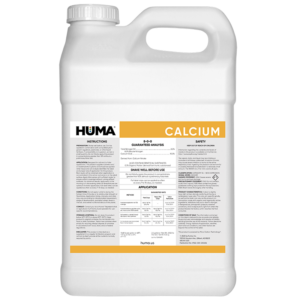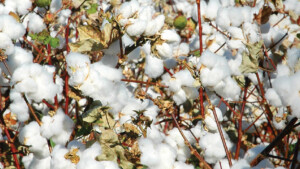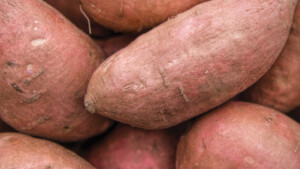SURF-MAX
Benefits of Use:
- Use up to 25% less irrigation water while attaining better water movement through the soil, more effectively providing moisture and delivering water-carried nutrients.
- Due to the complexed Micro Carbon Technology®, the benefits of carbon are carried directly through the soil to the root zone, enabling plants to more effectively absorb nutrients.
- Surf-Max® is fully biodegradable, non-hazardous, non-phytotoxic, and highly compatible with existing chemistries.
- Great for growers of strawberries, tomatoes, peppers, melons, cotton, potatoes fruit trees, olives, lettuce, carrots, blueberries, etc.
Deficiency Symptoms—When to Apply:
- Wherever drought conditions or water restrictions are present; when water conservation is important
- When planting in light-sandy, sandy-loam, or hydrophobic soils
FAQs
Related Videos
Soil Surfactant Surf-Max™ Demonstration A-3: Golf Course Hydration
Dr. Johann Buck demonstrates the effectiveness of SURF-MAX™, the Huma Gro® Turf soil surfactant on golf course turf.
Learn More
Soil Surfactant Surf-Max™ Demonstration A-2: Hydration Bench Test
Dr. Johann Buck demonstrates how SURF-MAX™, the Huma Gro® Turf soil surfactant can help water rapidly penetrate even compressed discs of coir (coconut) fiber.
Learn More
Soil Surfactant Surf-Max™ Demonstration A-1: Thatch Infiltration Bench Test
Dr. Johann Buck demonstrates how SURF-MAX™, the Huma Gro® Turf soil surfactant helps water penetrate hydrophobic turf thatch and spread evenly through the soil.
Learn More
Related Products
Related Case Studies

Huma® Fertilizer Products Increase Cucumber Yields at ROI of 113%
Objective The purpose of this research project was to evaluate how Huma® liquid fertilizer products with Micro Carbon Technology® affect cucumber yield when compared with a control program of grower’s standard fertilizer. Materials & Methods This study was conducted at the Southeast Ag Research facilities in Chula, Ga. The experiment was conducted with four replicates.

Huma® MicroMate Humic Acid Makes More Blooms, Faster, on Commercial Petunias
Objective Speeding up the maturity timing of flowers and having more flowers on commercial ornamental plants will make them more marketable and help flower growers produce more potted flower plants per year. The focus of this study was to assess the effects of a natural humic product from Huma® called Micromate on the speed of

OM 3-2-4 and OM Micros Liquid Fertilizers Increase Organic Cantaloupe Yield 120%
Summary In this study of Huma® organic macronutrient (OM 3-2-4) and micronutrient (OM Micros) liquid products compared with a grower’s standard treatment on organic cantaloupes applied under field conditions in Arizona, the Huma® organic treatments powered by a proprietary Micro Carbon Technology® resulted in a 120% yield increase with a 3-to-1 return on investment (ROI).
Related Blog Posts

Pickin’ Time or Payout Time? The Reality of Fall Harvest
Fall is usually the most exciting season on the farm, but this year rising input costs and declining farmer sentiment are overshadowing the joy of harvest. With corn facing steep losses per acre and overall farm expenses projected to hit record highs, the numbers tell a sobering story for agriculture’s most important season.

Seedling to Season’s Greetings
From fresh pine scent to sustainable farming, real Christmas trees do more than brighten the holidays. This week, we explore how America’s Christmas tree farmers grow a renewable crop that supports local agriculture, boosts wildlife habitat, and helps the environment, one seedling at a time.

From the Field: Exploring the Impact of Biostimulants in Asia
Last June, I had the privilege of visiting parts of Asia to attend a conference hosted by one of our distributors. The event brought together ag experts, farmers, and researchers from different parts of the world to discuss the future of farming. I was excited to collaborate with them all and little did I know,











